Diesel Electrical Parts: Compatibility & Stability First
For any industrial operation relying on diesel generators, power reliability isn't just a convenience—it's the backbone of productivity and safety. While the mechanical heart of your generator is the diesel engine, its nervous system is the intricate network of Diesel electrical parts. The performance and longevity of your entire power system hinge on the compatibility and stability of these critical components. Selecting and maintaining the correct Diesel electrical parts isn't merely a technicality; it's a fundamental business decision that directly impacts your operational uptime, maintenance costs, and overall equipment reliability. From the control unit to sensors and wiring, every electrical component must work in perfect harmony to ensure your generator delivers stable power when you need it most.

The Critical Role of Electrical Systems in Diesel Power
The modern diesel generator is a complex electro-mechanical system where electrical and mechanical components are deeply interdependent. The electrical system does more than just start the engine; it precisely controls fuel injection, manages power output, and provides comprehensive system monitoring.
Precision Control: Advanced Diesel electrical parts, such as the Electronic Control Unit (ECU), manage fuel injection timing and quantity with millisecond accuracy, directly impacting fuel efficiency and emissions compliance.
Real-time Monitoring: Sensors continuously track critical parameters like oil pressure, coolant temperature, and engine speed, providing the data needed for proactive maintenance and failure prevention.
Power Generation & Management: The alternator, voltage regulator, and associated controls are responsible for producing clean, stable electrical power, ensuring the safety of connected equipment.
Understanding this integral role is the first step in appreciating why the quality and compatibility of electrical components are non-negotiable.
Why Compatibility is Non-Negotiable
Using incompatible electrical parts can trigger a cascade of problems, leading to system-wide failures, safety hazards, and costly downtime.
Communication Failures: Mismatched components may use different communication protocols or voltage signals, leading to data errors, fault codes, and the ECU's inability to properly manage engine functions.
Electrical Overload and Damage: An incorrectly specified sensor or actuator can draw too much current or provide an invalid signal, potentially damaging the control module or other connected parts.
Compromised Safety Systems: Incompatible parts can undermine built-in safety protocols. For instance, a faulty sensor might fail to trigger an automatic shutdown during low oil pressure, risking severe engine damage.
Voided Warranties: Using non-approved or off-specification parts often voids the manufacturer's warranty, leaving you solely responsible for all subsequent repair costs.
Key Electrical Components and Their Stability Demands
Several core Diesel electrical parts form the foundation of your generator's electrical system. Each has specific stability requirements crucial for the system's overall health.
Electronic Control Unit (ECU): As the "brain" of the generator, the ECU's stability is paramount. It must reliably perform in harsh conditions, with standards requiring resilience against factors like voltage transients, electromagnetic interference, and extreme temperatures.
Sensors and Actuators: These are the "nerves and muscles" of the system. Crankcase position sensors, temperature sensors, and fuel injector actuators must provide accurate data and precise movements consistently. Their failure directly leads to performance loss or shutdown.
Wiring Harnesses and Connectors: Often overlooked, the stability of wiring and connections is vital. Loose, corroded, or damaged wiring can cause intermittent faults that are difficult to diagnose and can lead to unexpected outages.
Voltage Regulator and Alternator: This duo is responsible for the quality of the output power. A stable voltage regulator ensures consistent voltage and frequency, protecting sensitive connected equipment from damage due to power fluctuations.
Environmental Factors Affecting Stability
Diesel electrical parts operate in a demanding environment. Their long-term stability is constantly tested by several factors that you must account for in both component selection and system design.
Vibration and Shock: Diesel engines generate significant vibration, which can loosen connections, fracture solder joints on circuit boards, and accelerate wear on components.
Temperature Extremes: Components face a wide range of temperatures, from cold starts to high under-hood heat. Materials must expand and contract without losing integrity, and electronics must operate reliably across this entire range. Specially engineered plastics, such as certain PPA and PPS grades, are often selected for components like connectors due to their ability to withstand temperatures from -40°C to +150°C.
Chemical Exposure: Exposure to oil, fuel, coolant, and cleaning agents can degrade insulating materials and corrode metal contacts over time. Components need to be made of or protected by resistant materials.
Material Science in Electrical Parts
The pursuit of stability has driven the adoption of advanced, high-performance materials in critical Diesel electrical parts.
| Material Type | Key Properties | Common Applications in Diesel Electrical Parts |
|---|---|---|
| High-Temperature Plastics (e.g., PPA, PPS) | High strength, resistance to fuels/coolants, low corrosion, withstands extreme temperatures | Connectors, sensor housings, insulation components |
| Advanced Composites | Excellent dielectric strength, thermal stability, mechanical robustness | Circuit boards, ECU enclosures |
| High-Performance Alloys & Coatings | Superior electrical conductivity, corrosion resistance | Terminals, connectors, wiring |
Maintenance Practices for Long-Term Stability
Proactive and disciplined maintenance is the key to maximizing the life and reliability of your generator's electrical system.
Regular Visual Inspections: Periodically check for cracked or frayed wiring, loose connections, and signs of corrosion or thermal damage (discoloration from overheating).
Connector Integrity Checks: Ensure all electrical connectors are securely seated and that sealing grommets are intact to keep out moisture and contaminants.
Software and Calibration Updates: For modern ECUs, ensure that the latest stable software/firmware versions are installed. Critical sensors may occasionally need recalibration to maintain accuracy.
Use of Genuine Parts: Always insist on genuine or manufacturer-approved replacement parts. This is the simplest way to guarantee compatibility and ensure that the components meet the original specifications for material quality and performance.
Conclusion
In diesel power systems, there is no room for compromise on the quality and compatibility of electrical components. The stability of your entire operation is directly tied to the reliability of the Diesel electrical parts that control, monitor, and power your equipment. By prioritizing genuine, high-quality components, understanding the environmental stresses they face, and implementing a rigorous maintenance regimen, you protect your investment and ensure your generator stands ready as a dependable power source. Making informed decisions about these components is not just a technical best practice—it's a core business strategy for ensuring operational resilience.
References
International Organization for Standardization. (2018). Reciprocating internal combustion engine driven generating sets — Part 1: Application, ratings and performance (ISO 8528-1:2018).
Johnson, M. (2022). Emergency Power Systems: A Comprehensive Guide to High-Speed Diesel Generators. Power Engineering Quarterly, 45(3), 78-92.
National Fire Protection Association. (2020). Standard for Emergency and Standby Power Systems (NFPA 110).
Generator Manufacturers Association. (2021). Guidelines for Rating and Application of Generator Sets. GMA Technical Publication TP-101.
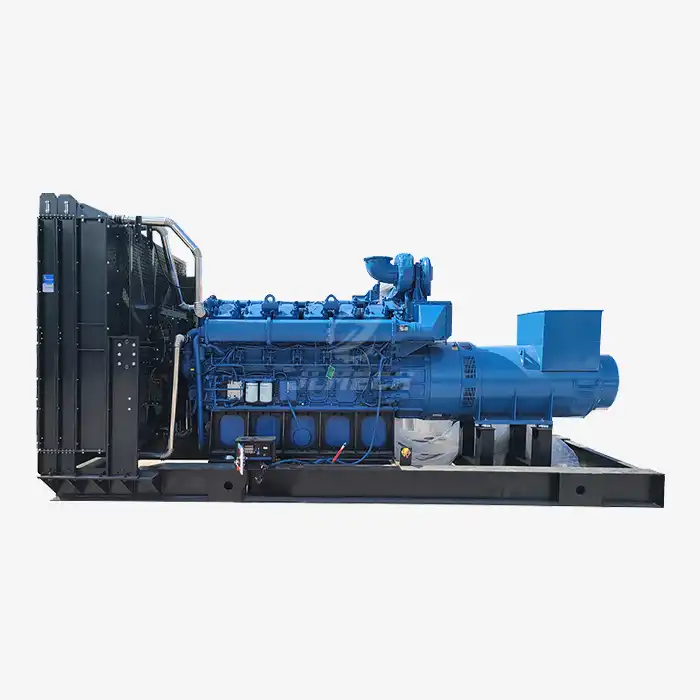 VIEW MOREHigh Protection Diesel Generator Set
VIEW MOREHigh Protection Diesel Generator Set VIEW MOREHousehold portable diesel generator
VIEW MOREHousehold portable diesel generator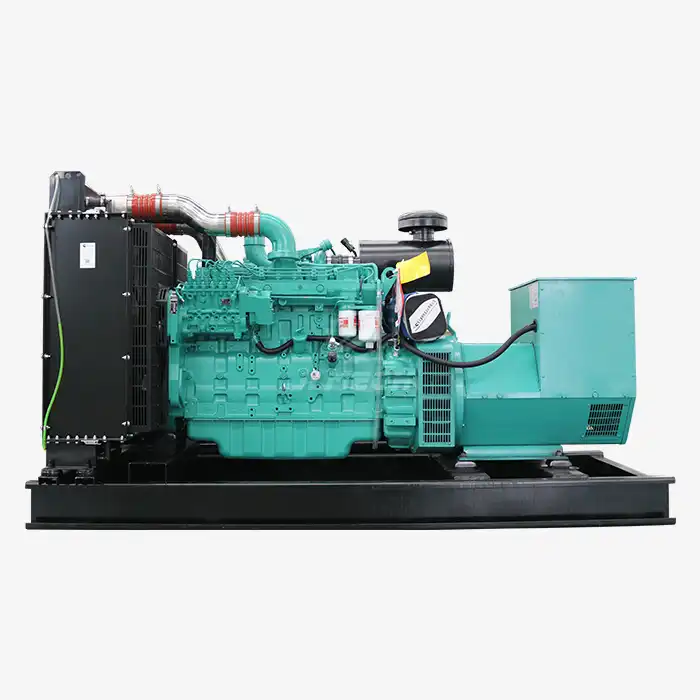 VIEW MORETDi-Turbodirect injector diesel engine generator
VIEW MORETDi-Turbodirect injector diesel engine generator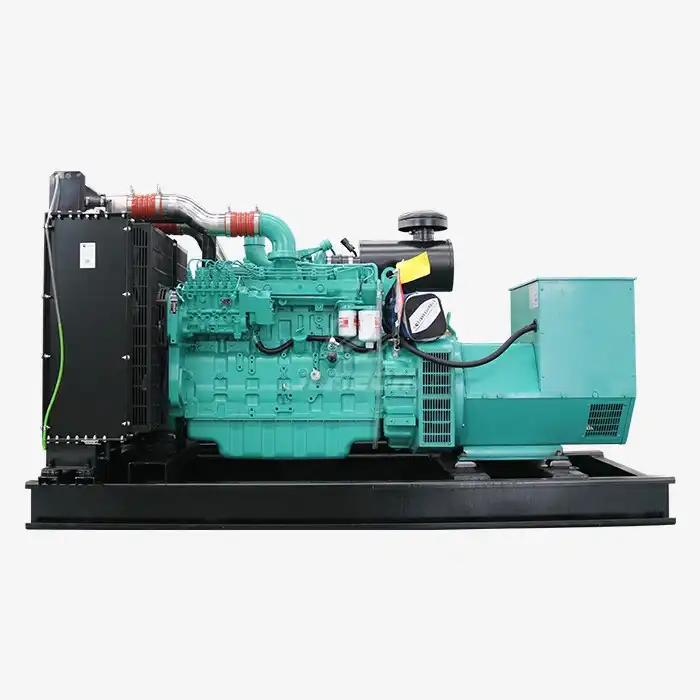 VIEW MORESilent water-cooled generator
VIEW MORESilent water-cooled generator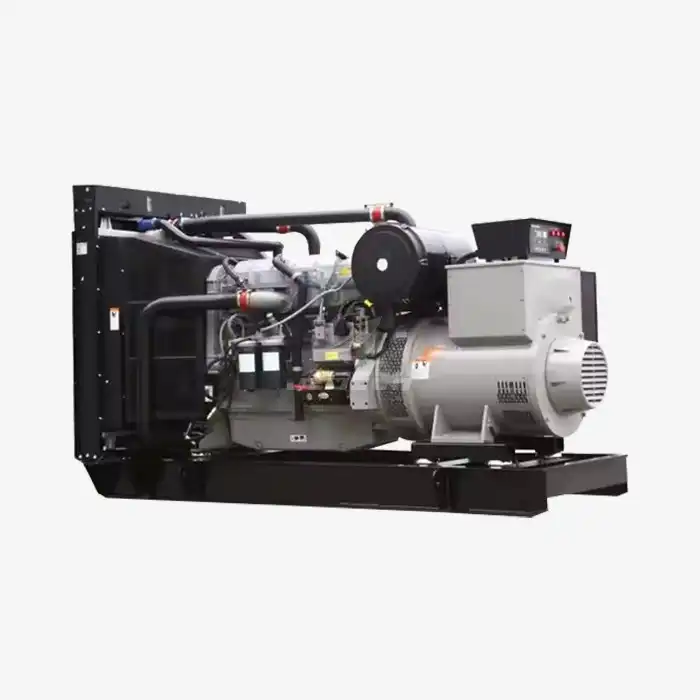 VIEW MORE20-3000kw generator
VIEW MORE20-3000kw generator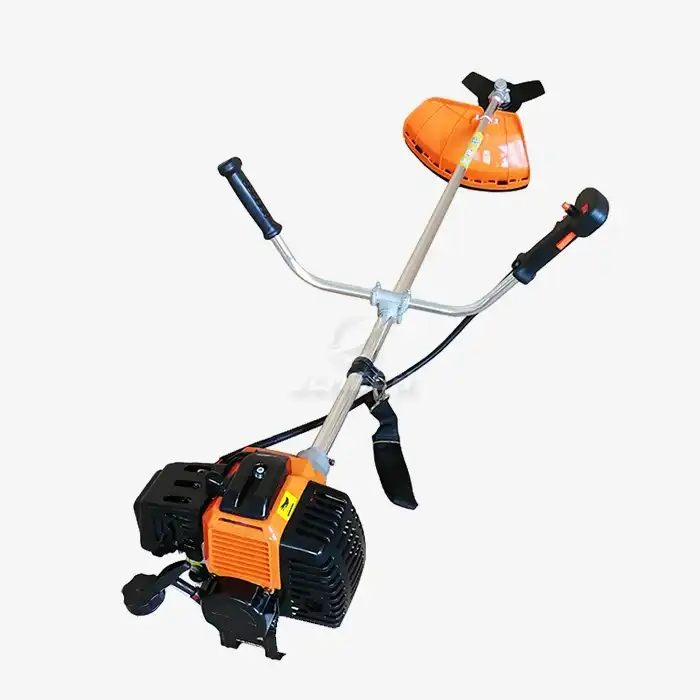 VIEW MOREtussock trimmer
VIEW MOREtussock trimmer VIEW MOREgenerator diesel 100kva
VIEW MOREgenerator diesel 100kva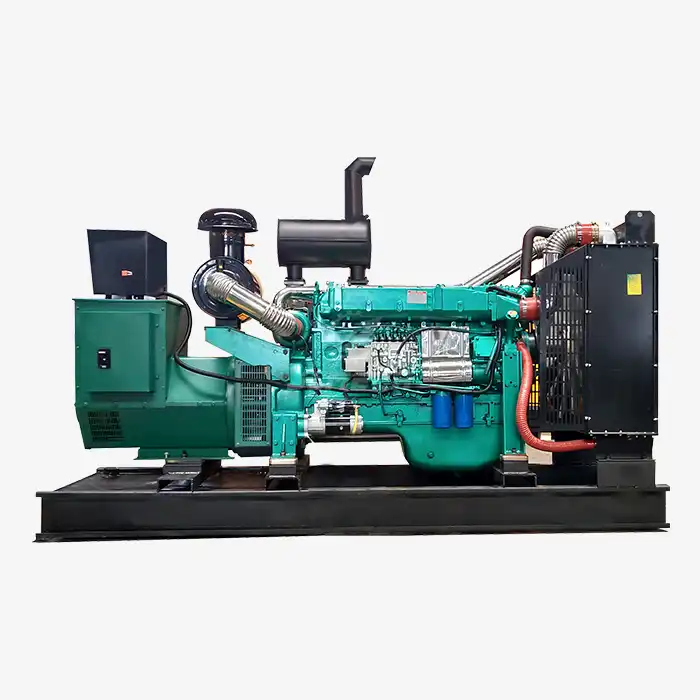 VIEW MORE250kva diesel power generator
VIEW MORE250kva diesel power generator



